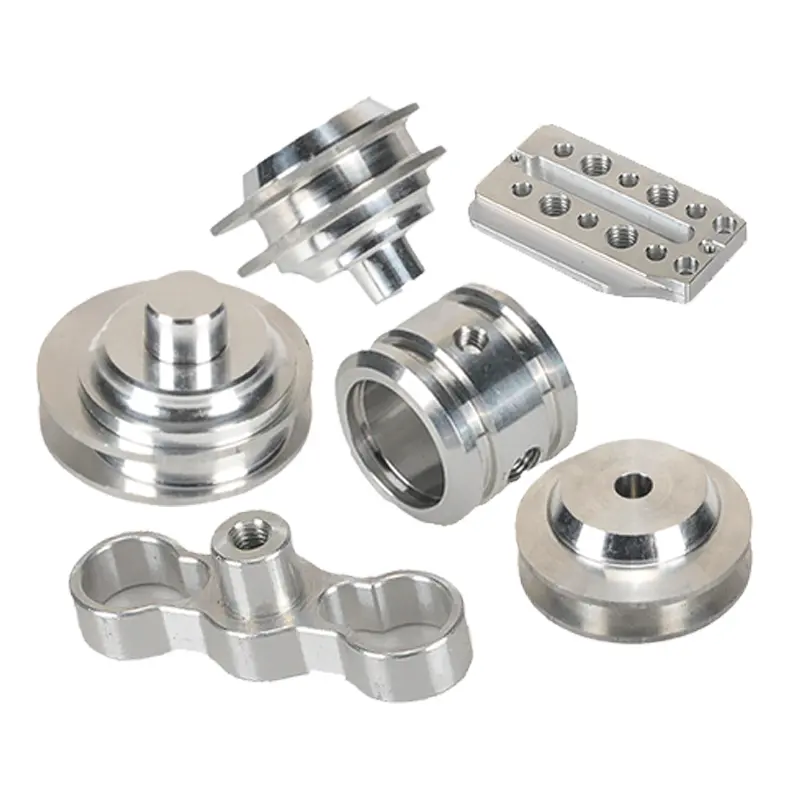

Time:2025-06-13 Views:1

CNC adaptive machining equipment integrates real-time feedback systems to dynamically adjust cutting parameters, tool paths, and machine motions during processing. This capability addresses challenges like material property variations, tool wear, and setup errors, ensuring consistent part quality and efficiency.
Core Technologies Enabling Adaptation
Sensors and Data Acquisition:
Force/Torque Sensors: Installed on the spindle or tool holder, these measure cutting forces in real time. For example, a 3-axis force sensor can detect sudden increases in axial force (e.g., from hard material inclusions), triggering an immediate reduction in feed rate to prevent tool breakage.
Vision Systems: High-resolution cameras with AI-powered image processing identify part positioning errors or surface defects. In one application, a CNC lathe with vision feedback reduced setup time by 40% by automatically correcting workpiece alignment.
Acoustic Emission (AE) Sensors: Monitor tool wear by detecting high-frequency stress waves. A threshold-based AE system can predict tool failure with 95% accuracy, enabling proactive tool changes.
Adaptive Control Algorithms:
Model Reference Adaptive Control (MRAC): Compares actual machining parameters (e.g., spindle speed, feed rate) against a predefined optimal model and adjusts them in real time. For milling operations on titanium alloys, MRAC can increase material removal rate by 20% while maintaining surface roughness (Ra ≤ 1.6 μm).
Machine Learning (ML) Models: Neural networks trained on historical machining data predict optimal parameters for new jobs. A case study with a CNC milling machine showed that an ML-driven adaptive system reduced cycle time by 15% and tool wear by 25% for complex aerospace components.
Actuators and Mechanical Adjustments:
Servo motors with high-resolution encoders (≥24-bit) enable precise adjustments to feed rates (±0.01 mm/min) and spindle speeds (±1 rpm).
Adjustable tool holders with piezoelectric actuators can compensate for thermal expansion (e.g., 10 μm/°C) by dynamically adjusting tool 伸出长度,maintaining dimensional accuracy during prolonged machining.
Industrial ImpactIn the aerospace industry, adaptive CNC machines are used to machine complex wing ribs from titanium billets, where material hardness variations are common. The adaptive system automatically reduces feed rates in harder regions, preventing tool overload while maintaining a consistent surface finish. In medical device manufacturing, adaptive grinding machines use force feedback to polish orthopedic implants with varying geometries, ensuring precise fit and surface smoothness (Ra ≤ 0.8 μm) critical for biocompatibility.
Read recommendations:
Camera Hot Shoe Top Handle Grip Video Stabilizing Rig